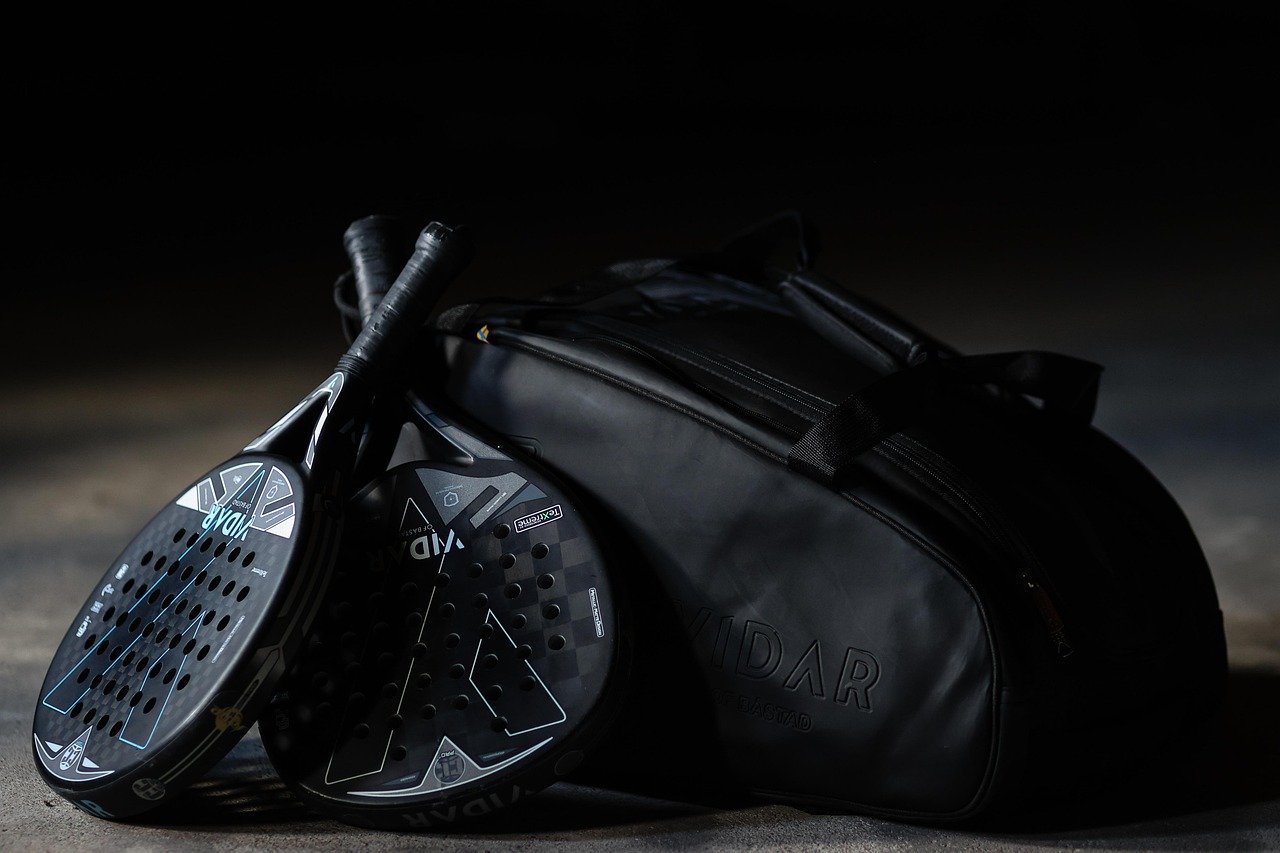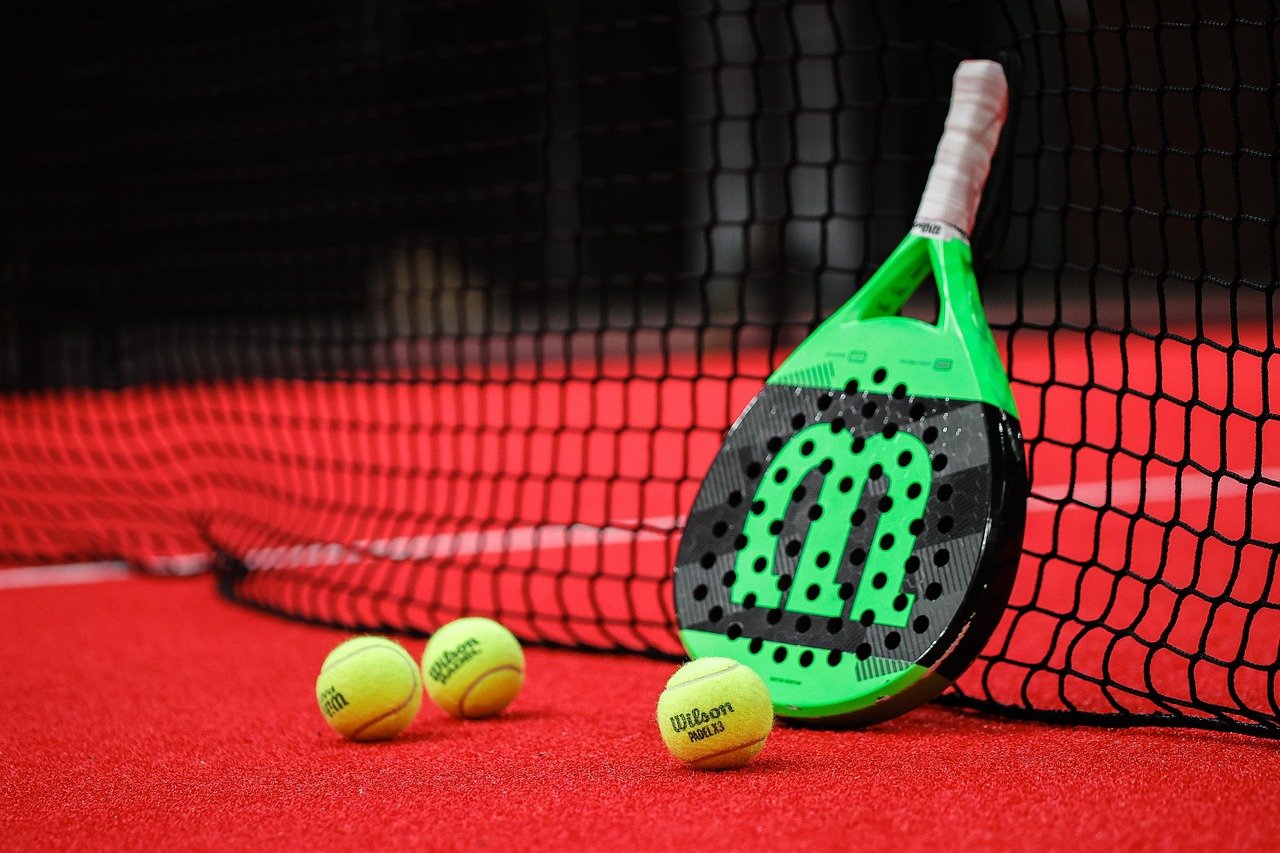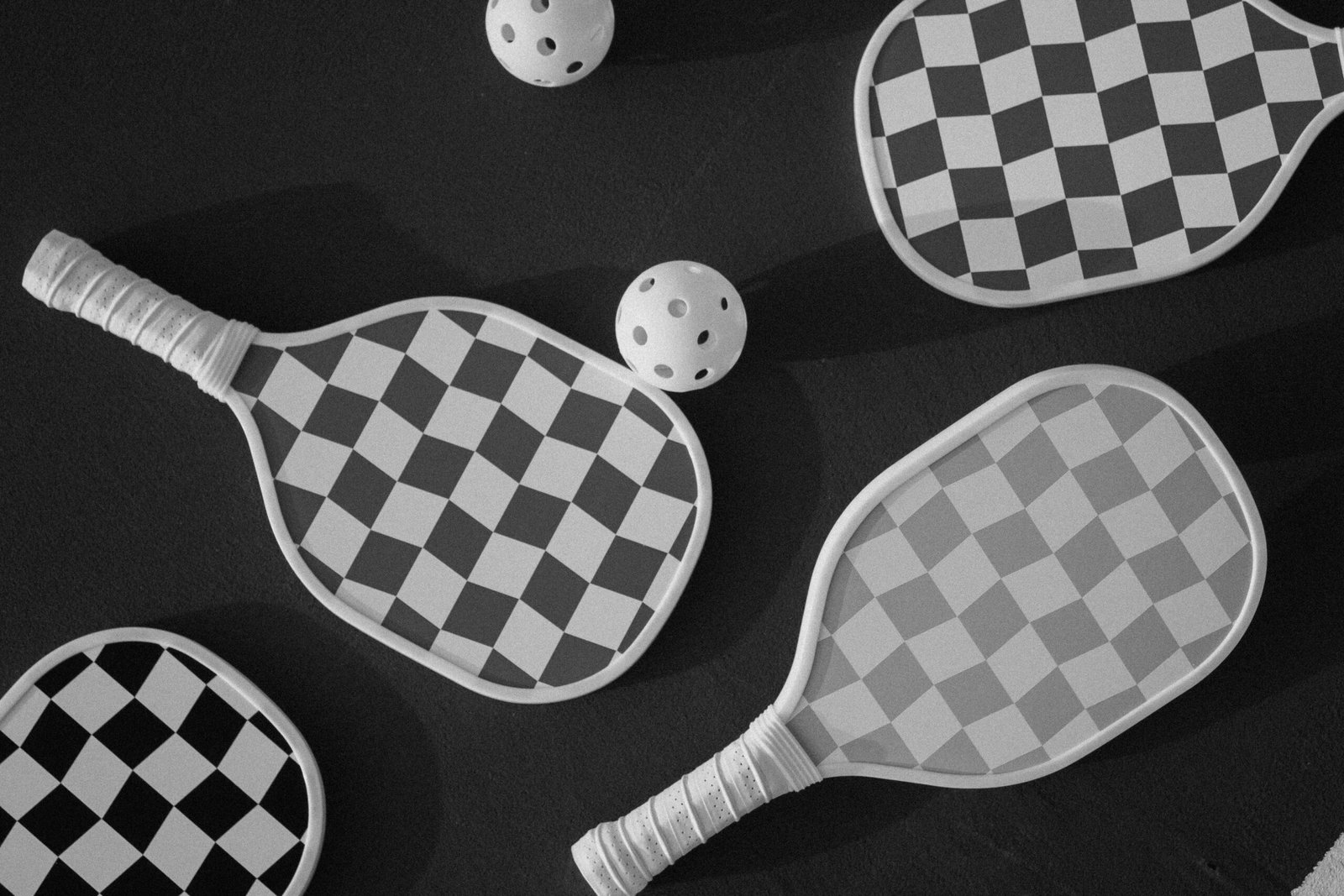Pickleball has taken the sporting world by storm. From community parks to professional tournaments, this unique game is attraRacket sports are booming, and two of the fastest-growing are padel and pickleball. While both are played on smaller courts than tennis and prioritise rallies and accessibility, they are not the same game. In fact, padel and pickleball differ in terms of court design, equipment, rules, and the way they are played.
If you are new to racket sports or curious about which one might be right for you, understanding the distinctions between padel and pickleball is essential. This guide breaks down the similarities, the differences, and what you can expect from each sport, so you can make an informed choice.
What is Padel?
Padel is a racket sport that originated in Mexico in the 1960s before quickly gaining traction in Spain and across Latin America. Today, it is one of the fastest-growing sports in Europe, particularly in Spain, Italy, the UK, and Scandinavia.
Padel is played on a court about one-third the size of a tennis court, enclosed by glass and metal mesh walls. Like squash, these walls can be used during play, which adds a tactical layer to rallies. The sport is usually played in doubles, making it a social and engaging game.
Some key characteristics of padel:
- Played with a solid, stringless racket (perforated surface).
- Uses low-compression tennis balls, slightly different from regular tennis balls.
- Courts are enclosed, allowing for wall rebounds.
- Scoring is identical to tennis (15, 30, 40, game).
- Most matches are doubles only.
Padel’s defining feature is its combination of tennis and squash-style elements, offering long rallies and an emphasis on teamwork.
What is Pickleball?
Pickleball originated in the United States in the 1960s and has exploded in popularity, particularly in North America. It combines elements of tennis, badminton, and ping pong, and is considered one of the most beginner-friendly racket sports.
Pickleball is played on a badminton-sized court with a low net. Unlike padel, the court is not enclosed, and there are no walls to play off. While it can be played as singles, doubles is the more common format.
Some defining features of pickleball:
- Played with a flat plastic paddle (similar to an oversized ping pong paddle).
- Uses a perforated plastic ball, often described as a “wiffle ball”.
- Courts are open with no walls.
- Scoring system is unique — only the serving side can score points, typically up to 11, 15, or 21.
- The “kitchen” (a non-volley zone near the net) creates a tactical restriction unique to pickleball.
Pickleball’s appeal lies in its accessibility. The slower pace of the ball and smaller court size make it easy to pick up, yet still highly competitive.
Padel vs Pickleball: Key Differences
While padel and pickleball are often compared because they are both doubles-oriented, easy-to-learn, and played on smaller courts, the sports have significant differences. Let’s break them down across the key areas.
Court Size and Layout
- Padel: Court is 20m x 10m, fully enclosed with glass and mesh walls. The walls are an active part of the game, like in squash.
- Pickleball: Court is 13.4m x 6.1m, open with no walls, closer in size to a badminton court.
This difference has a huge impact. Padel feels closer to tennis with squash elements, while pickleball feels more like a hybrid of ping pong and badminton.
Equipment
- Padel rackets: Solid, perforated, stringless, usually made of composite materials. Designed for control and power, but smaller than tennis rackets.
- Pickleball paddles: Flat and lightweight, made of wood, plastic, or composite. Closer to oversized table tennis paddles.
- Padel balls: Modified tennis balls with slightly less pressure.
- Pickleball balls: Hollow plastic with holes, travelling slower but less predictably in wind (especially outdoors).
Rules and Scoring
- Padel: Follows tennis scoring — 15, 30, 40, game — with sets usually played to 6 games. The ball must bounce once before hitting the walls. Serves must be underarm.
- Pickleball: Scoring is unique. Only the serving side can score. Games usually go to 11 points (win by 2). The “kitchen” rule prevents volleys close to the net, which shapes strategy significantly.
Playing Style and Pace
- Padel: Emphasis on long rallies, wall usage, teamwork, and strategy. Though explosive shots exist, placement and patience often win points.
- Pickleball: Focuses on dinks, volleys, and soft hands at the net. The plastic ball slows the game compared to tennis or padel but creates fast exchanges near the net.
Popularity Worldwide
- Padel: Hugely popular in Spain, Italy, and Argentina. Rapidly expanding in Europe and increasingly seen in the Middle East and Asia. Global governing bodies are pushing for Olympic inclusion.
- Pickleball: Booming in the USA and Canada, with growth spreading internationally. Particularly popular among older players due to its accessibility, but it is gaining traction with younger athletes too.
Which Sport Should You Try?
Both padel and pickleball are accessible, social, and fun. Your choice may depend on what you are looking for:
- Try padel if you enjoy tennis or squash, want a faster-paced game with long rallies, and like the idea of playing off walls.
- Try pickleball if you prefer a slower learning curve, want something highly accessible regardless of age or fitness, and enjoy quick net exchanges.
If you have the chance, try both. Many players who discover one end up enjoying the other as well, since they complement each other rather than compete directly.
Conclusion
Padel and pickleball may seem similar at first glance, but they offer very different playing experiences. Padel combines elements of tennis and squash with tactical rallies off the walls, while pickleball provides a lighter, accessible game that thrives on quick reactions and strategy around the net.
Both are growing at incredible speed worldwide, and with courts becoming more available, now is the perfect time to get involved. Whether you choose padel, pickleball, or both, you will be joining a community of players enjoying two of the most exciting racket sports of the modern era.



